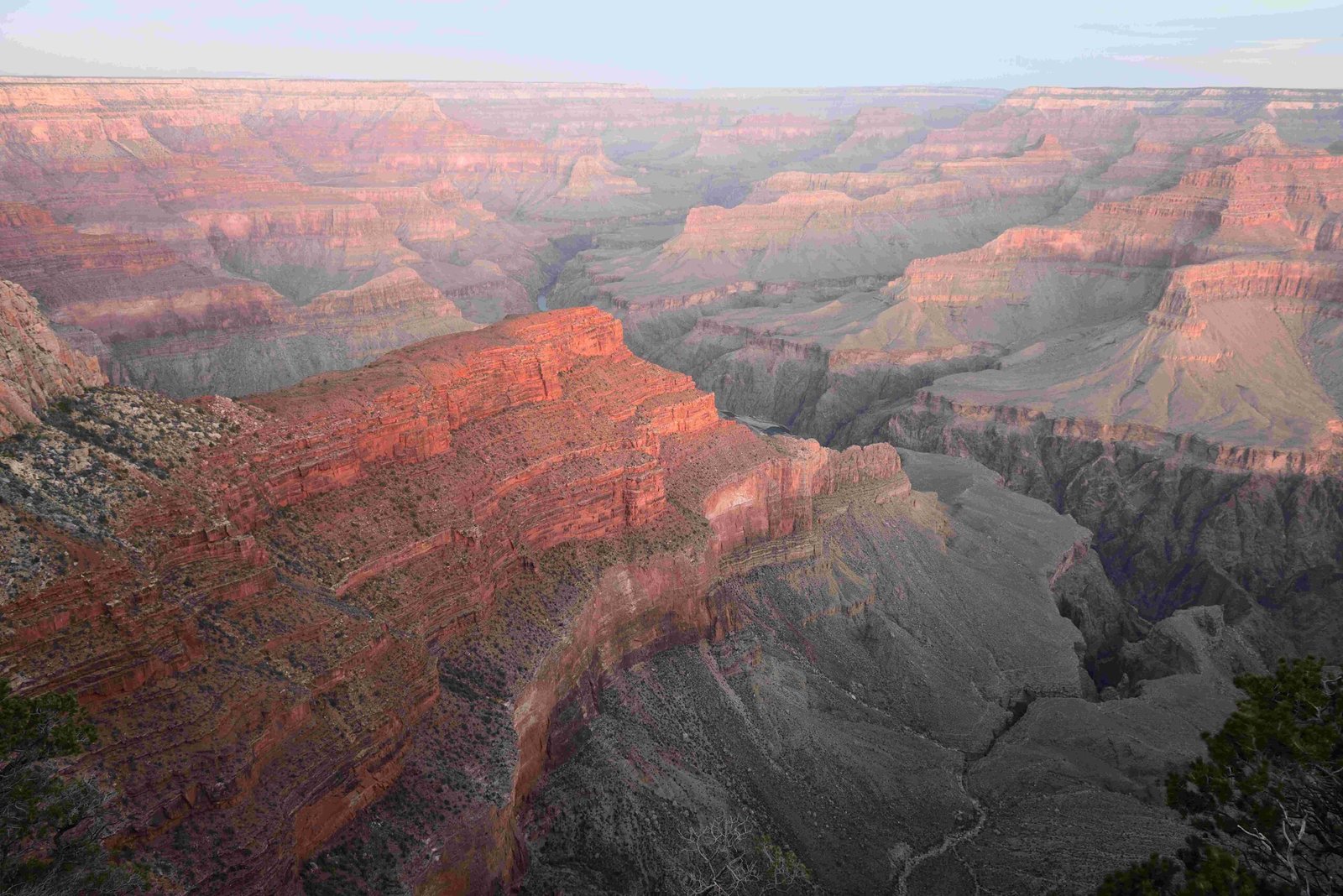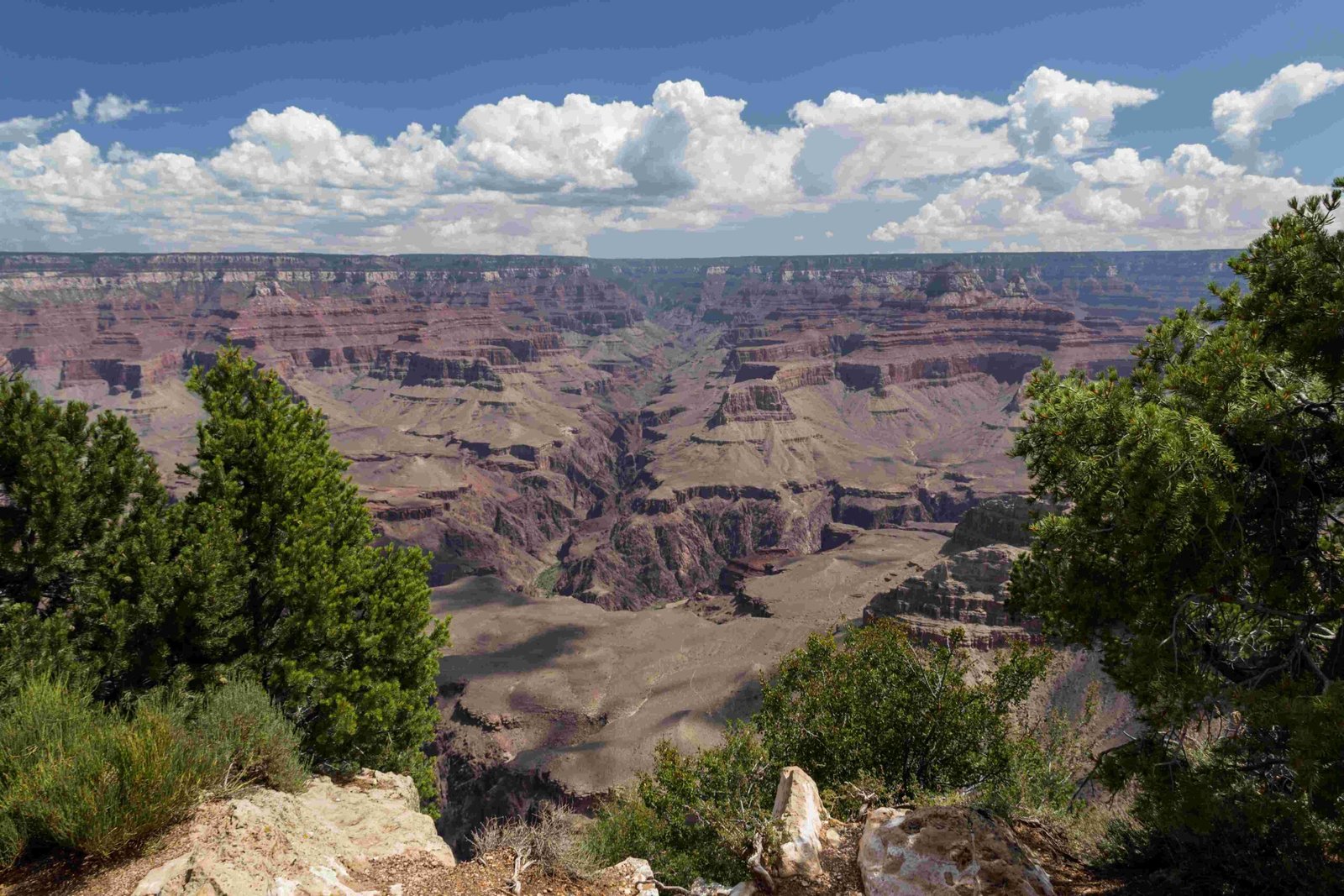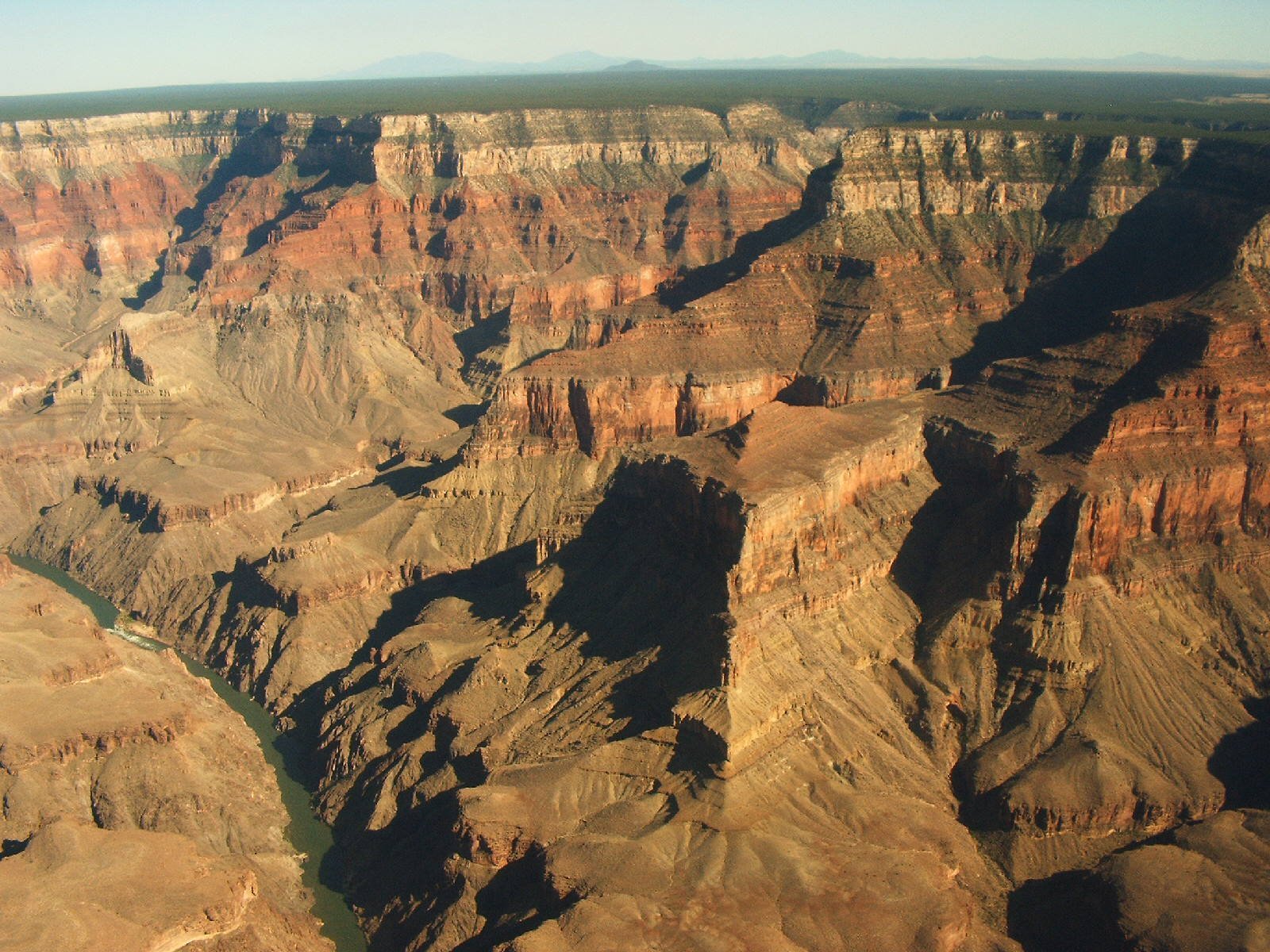The Grand Canyon represents a monumental geological wonder, revealing Earth’s complex history through its extraordinary depth. Stretching across Arizona, this natural masterpiece plunges dramatically between 2,400 and 6,000 feet, offering visitors an unparalleled glimpse into millions of years of geological transformation, where rock layers narrate stories of ancient landscapes and planetary evolution.
What Makes the Grand Canyon So Deep?

The Grand Canyon’s remarkable depth results from millions of years of geological processes, primarily driven by the Colorado River’s persistent erosion. Key factors contributing to its depth include:
- Geological Time Scale: Approximately 5-6 million years of continuous river erosion
- Rock Composition: Varied sedimentary layers with different erosion resistance
- Tectonic Uplift: Colorado Plateau’s gradual elevation increase
How Do Geological Layers Contribute to Canyon Depth?
| Rock Type | Age | Depth Contribution |
|---|---|---|
| Archean Granite | 2.5 Billion Years | Bottom Layer |
| Proterozoic Rocks | 540 Million Years | Middle Layers |
| Paleozoic Strata | 300 Million Years | Upper Walls |
What Are the Precise Depth Measurements?
The Grand Canyon’s depth varies significantly across different locations:
- Minimum Depth: 2,400 feet near Yavapai Point
- Maximum Depth: 6,000 feet at deepest points
- North Rim Depth: Up to 7,800 feet
How Does Grand Canyon’s Depth Compare to Other Canyons?
While impressive, the Grand Canyon is not the absolute deepest canyon in North America. Hells Canyon on the Snake River reaches approximately 7,993 feet, slightly surpassing the Grand Canyon’s maximum depth.
What Geological Processes Created Such Immense Depth?
The canyon’s formation involves complex interactions between:
- Continuous water erosion by the Colorado River
- Differential rock layer hardness
- Tectonic plate movements
- Climate changes over millions of years
Can Visitors Experience the Canyon’s Depth?
Multiple ways exist to explore and appreciate the Grand Canyon’s depth:
- Hiking Trails: Bright Angel and South Kaibab trails
- Helicopter Tours: Aerial perspective of canyon depth
- Rim Viewpoints: Panoramic vistas showcasing geological layers
- Guided Geological Tours: Expert-led educational experiences
What Scientific Significance Does Canyon Depth Hold?
The Grand Canyon’s depth provides:
- Unprecedented geological research opportunities
- Visual timeline of Earth’s geological history
- Insights into climate and environmental changes
- Understanding of erosion and landscape transformation processes
Interesting Depth-Related Facts
- The canyon exposes nearly two billion years of Earth’s geological history
- Some rock layers at the bottom are older than complex life forms
- Depth variations create unique microclimates supporting diverse ecosystems
Conclusion

The Grand Canyon’s depth is not merely a measurement but a testament to Earth’s dynamic geological processes. Its 6,000-foot plunge represents a living museum of planetary transformation, inviting scientists, adventurers, and curious minds to explore its magnificent layers.

